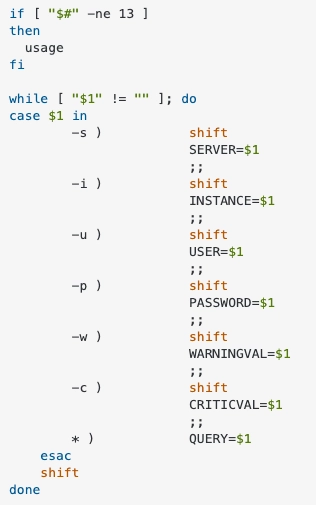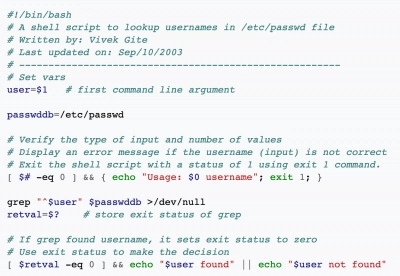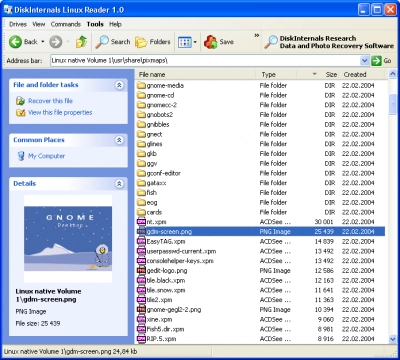Everything about shell script usage.
In this article you will find out:
- what is usage in Shell scripting
- how to add usage content in Shell script
- How to create usage message
Ready? Let's read!
What is usage in Shell scripting
Shell scripts help you automate the tasks that you do on a daily basis as much as possible. And if you work well enough and write complex Shell scripts, it can save you a lot of time.
In programming, the Shell script Usage message refers to a short message that usually consists of the correct command line usage for the program and also includes a list of correct command line arguments or parameters.
Thus, you are quickly informed about the correct command syntax and do not have to think about possible errors during the execution of the task.
How to add usage content in Shell script
It's easy to do: use shift to iterate over all your arguments.
It looks like this:

How to create usage message
Use if command to test command line arguments. On Linux, most commands display error or usage information if a function is not passed to the command line. This is what it looks like:
gcc
Examples of results:
gcc: no input files
In order to create Creating usage messages, a shell script must:
- Check the number of arguments passed.
- Chow error message no input passed to script.
You can try creating a shell script named userlookup.sh:

Bash script display usage and check user examples
To be aware of which user is running the bash script and if they have provided any required arguments:

As you can see, everything went great!
How to get files from Linux
If you need to transfer files from Linux to Windows, or are using a dual boot installation, you simply must install a one-of-a-kind application: DiskInternals Linux Reader.

Linux Reader™ is a popular and free software product, and it remains non-commercial freeware. Since version 4.0, there are extra features that are available as Linux Reader Pro™.
With Linux Reader Pro™, you can read files from even more file systems, get remote access through an SSH connection, create a virtual drive, export files via FTP, and more.
All significant features of Linux Reader™ remain free: no annoying advertising, no trial mode, no restrictions.
Both Linux Reader™ and Linux Reader Pro™ provide you with safe, read-only access to the source drive. Moreover, Linux Reader™ and Linux Reader Pro™ bypass file security policies, so you can access any file on a Linux disk.
